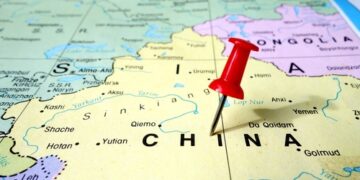Brazil is a party to the IMO Ballast Water Management Convention (the Convention), and the procedure for ballast water management is regulated locally by the Maritime Authority Norm n. 20 (NORMAM 20) which, similarly to the Convention, establishes two treatment procedures, i.e. regulations D-1 and D-2, the Japan P&I Club informs.
In particular, the Club published an update from its local correspondent in Brazil, Brazmar Marine Services Ltda, to clarify that for Vessels subject to regulations D-1, ballast water exchange is required as per item 2.3.1 of NORMAM 20.
This exchange should take place at a minimum of 200 nautical miles from the nearest land and in waters with a depth of at least 200 meters. Any methods for ballast water exchange recommended by the IMO are acceptable.
In case where the vessel cannot perform ballast water exchange in accordance with the above provision, the exchange should be carried out in all cases at a minimum of 50 nautical miles from the nearest land and in waters with a depth of at least 200 meters.
However, local agents have recently advised Owners/Masters to exchange ballast water before entering the 200 nautical mile zone of Brazilian waters even though the Vessel has a BWMS. It appears that their advice derived from a possible scenario of malfunctioning of the BWMS.
Hypothetically, discharging ballast water from a malfunctioning BWMS could indeed amount to a breach of local regulations, and if such water contained polluting substances, liability could arise and considerable fines can be imposed (ranging from BRL5,000 to BRL50,000,000).
Brazmar recommends that caution is exercised to ensure that whilst carrying out the ballast water exchange out of caution, Owners are not be in breach of the D-2 ballast management requirements.
This would especially be the case if the subject vessel should be compulsorily following D-2 management in accordance with item 2.3.2.4 of NORMAM20. This becomes topical from 8 September 2024 when all vessels subject to the Convention are required to comply with D–2 regulations. For more details, please find the attachments.




































![]](https://safety4sea.com/wp-content/uploads/2024/06/shutterstock_2318996555-350x250.jpg)




























